Key Takeaways:
- Deep dive into the historical advancements of home cooling systems.
- An insightful look into mechanical and modern innovations in air conditioning.
- Understand the interplay between cooling systems, health, and environmental sustainability.
Table of Contents
Introduction to Home Cooling
Before the advent of modern technology, societies devised rudimentary methods to alleviate heat discomfort. Architectural designs included high ceilings and breezeways to facilitate airflow, while affluent societies used ice harvested during winter to cool their abodes during the warmer seasons. Notwithstanding these early attempts, the breakthrough in home cooling would come with mechanical air conditioning—a transformative comfort we’ve almost taken for granted. Today, the role of Phoenix HVAC systems is indispensable, underscoring a stark transition from humble beginnings to a world where climate control systems are central to our everyday comfort.
Climate control has evolved from an innovation enjoyed by few to an essential feature in homes worldwide. Initial methods, such as underground cooling chambers in ancient Persia, show the lengths human beings have gone to regulate temperature. The universally recognized importance of controlled indoor environments has directed a substantial part of modern infrastructure around this need for comfort, marking the importance of accessible and reliable systems throughout the changing seasons.
The Inception of Mechanical Cooling Systems
The inception of the first mechanical cooling systems marks a pivotal moment in the history of home comfort. Hosting a rather humble beginning, these systems were initially designed to enhance air quality and control moisture levels in industrial settings. The innovation of Willis Haviland Carrier not only improved printing processes by stabilizing the humidity, but it laid the foundation for the climate-controlled environments we have today. His revolutionary and practical invention laid the groundwork for cooling technology, advancing to become one of the defining amenities of the 20th century.
Despite initial skepticism and the challenges of early refrigeration techniques, the continued development and refinement of Carrier’s invention fundamentally changed society’s approach to climate control. This progress led to safer, more efficient systems soon adopted in commercial spaces. Air conditioning quickly caught the public’s imagination, leading to a boom in demand, which would incrementally facilitate the convenience of cool air in homes across the United States. The luxury’ once reserved for theaters and department stores would soon transition to an essential component in residential design and comfort.
Advancements in Home Cooling Technology
Through the 20th century, the evolution of cooling systems was marked by significant technological leaps. Engineers tirelessly worked to improve the efficiency and accessibility of air conditioning, experimenting with different refrigerants and exploring various system designs. The traditional window air conditioning units that once buzzed in the background of summer days gradually gave way to central air systems that presented a quieter, more powerful, and efficient means of cooling an entire home. These advancements in technology not only made air conditioners more accessible but also significantly reduced the unit’s environmental impact.
Alongside the technological advancements, the focus shifted towards improving the energy efficiency of these systems. The air conditioning industry has faced stringent demands for greener operations in a world increasingly conscious of energy consumption and its environmental impact. Providing homeowners with guidance, the U.S. Department of Energy publishes energy-saving tips for air conditioner maintenance, which serve as a critical resource for sustaining optimal performance and minimizing energy expenses over the lifespan of a cooling system.
The Global Spread and Influence of Air Conditioning
The influence of air conditioning transcends beyond the walls of domestic and commercial buildings; it has had profound implications on urban development and architecture. Energy-intensive air conditioners have not only facilitated the rise of towering glass skyscrapers but have also been the driving force behind the sprawling growth of metropolises such as Dubai and Las Vegas, areas where intense heat might otherwise hinder such progress. In hot climates worldwide, air conditioning has inadvertently shaped lifestyles, business hours, and migration patterns as regions with better climate control become more attractive.
The functionality of air conditioning units has also bolstered economic growth by providing workspaces that allow for increased productivity during the hottest months. This aspect of climate control has been a silent partner in facilitating a stable, controlled environment for businesses to operate year-round. One must recognize the cultural impact that air conditioning has had, as well, where summer blockbusters and shopping malls owe a good portion of their appeal to the availability of a relaxed, comfortable space away from the scorching heat.
Modern Innovations in Home Cooling
The brave new world of home cooling is loyalty to innovation, marked by smart home integration and an emphasis on energy efficiency. Groundbreaking technologies such as geothermal heating and cooling leverage the constant temperatures beneath the earth’s surface, providing sustainable alternatives to traditional HVAC systems. Innovations like these, paired with intelligent thermostats and sensors, have allowed for unprecedented control and customization, elevating the homeowner’s experience in managing indoor climate.
By integrating cooling systems with custom automation for California homes (or homes elsewhere), homeowners can enjoy greater efficiency, reduce energy costs, and maintain consistent comfort tailored to their daily routines.
As central components of an intelligent home ecosystem, modern cooling systems are expected to maximize comfort while minimizing footprint. Dedication to finding innovative solutions to the age-old cooling challenge has led to more environmentally friendly refrigerants, better-insulated ducts, and systems that adjust dynamically to household patterns. The advent of intelligent cooling technology aligns closely with a home’s daily rhythms—offering the right temperature at the right time without excess waste or energy consumption.
Health Implications and Indoor Air Quality
Alongside cooling, air conditioning systems carry the crucial task of improving the air we breathe within our enclosed spaces. With an understanding that indoor air pollution can be as detrimental as its outdoor counterpart, modern cooling systems often come equipped with enhanced filtration that can mitigate the presence of pollutants. A well-maintained air conditioning unit cools and cleanses the air circulating within a home, balancing humidity levels and ensuring a healthier living environment.
Considerations for air quality are especially pertinent for those with respiratory issues, where the presence of allergens and particulates can exacerbate health problems. Initiatives such as air quality monitoring and regular maintenance have become essential in combatting these threats, ensuring systems run cleanly and effectively. The link between climate control and health has thus become a critical part of the conversation when examining the comprehensive impact of HVAC systems in our everyday lives.
The Future of Home Cooling Systems
The horizon of home cooling technology beams with promise as industry visionaries and scientists explore possibilities for its advancement. With a bank of ideas that veers towards renewable sources and more intelligent, AI-driven systems, the future of air conditioning could redefine energy consumption as we know it. One of the exciting prospects includes harnessing solar energy for cooling purposes, thereby reducing reliance on traditional energy sources while maximizing the utility of abundant sunlight, particularly in regions like Phoenix.
It’s not just about the technology; it’s about the strategy. As researchers delve into ways to optimize efficiency, publications like ScienceDaily’s feature on energy-efficient cooling systems suggest that improvements in this domain will likely come from novel materials and data-driven optimization strategies. Integrating air conditioning units with broader home automation systems provides exciting avenues for developing truly adaptive and responsive cooling environments that cater to individual preferences and environmental conditions.











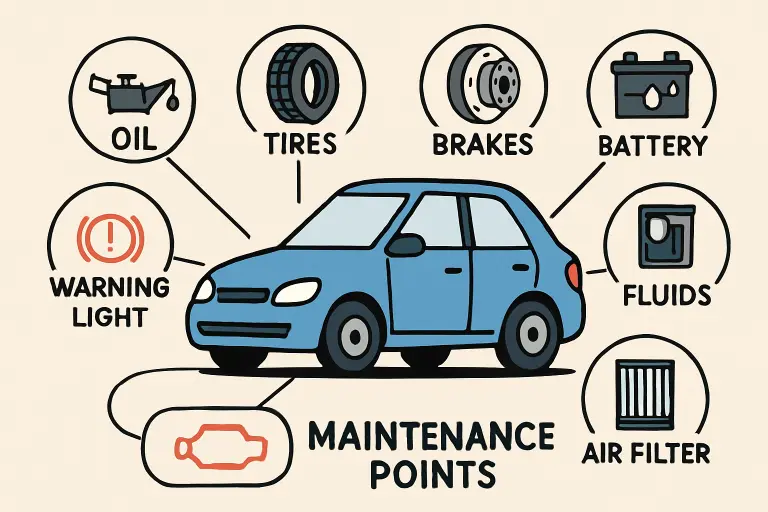











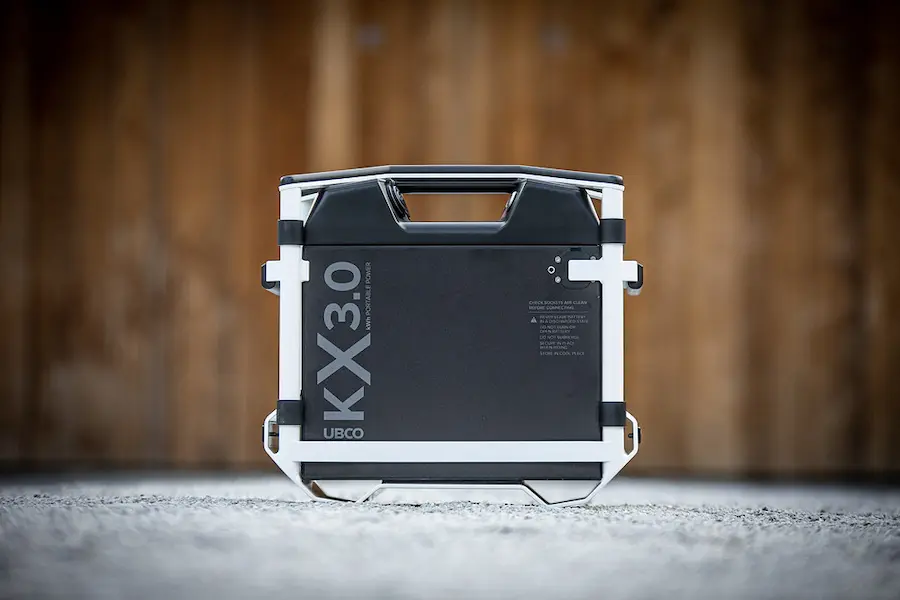

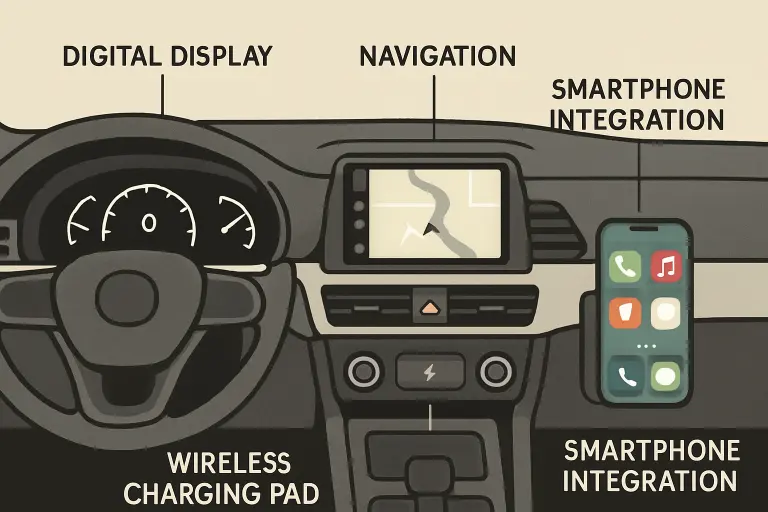

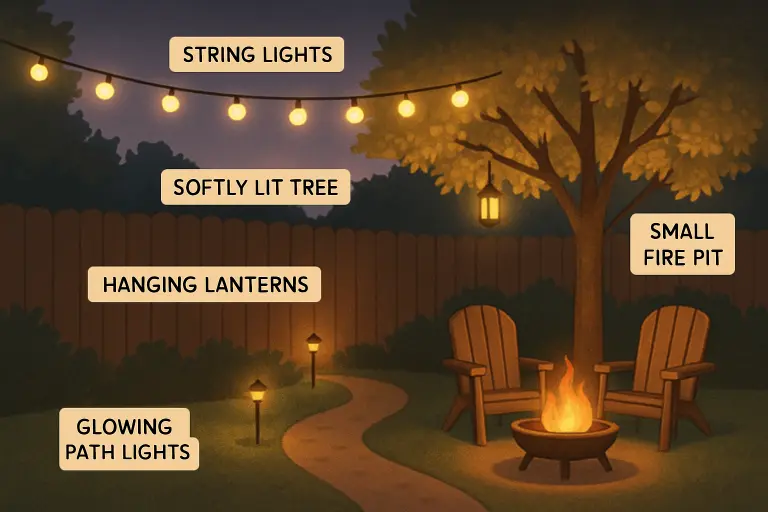





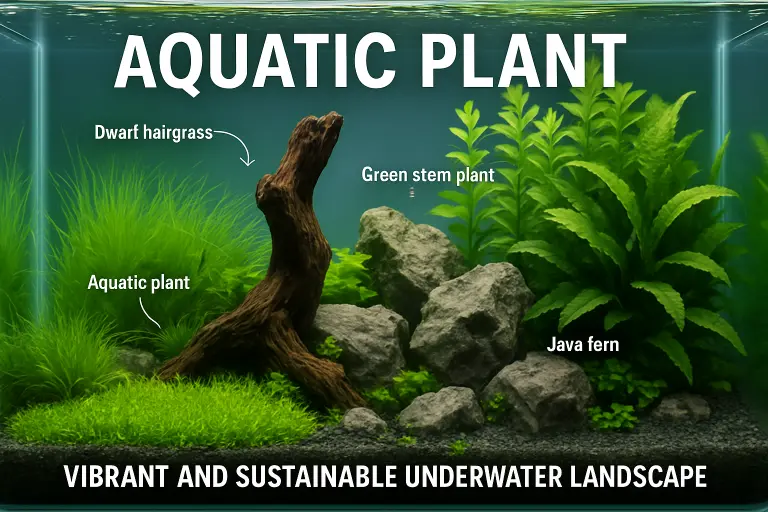




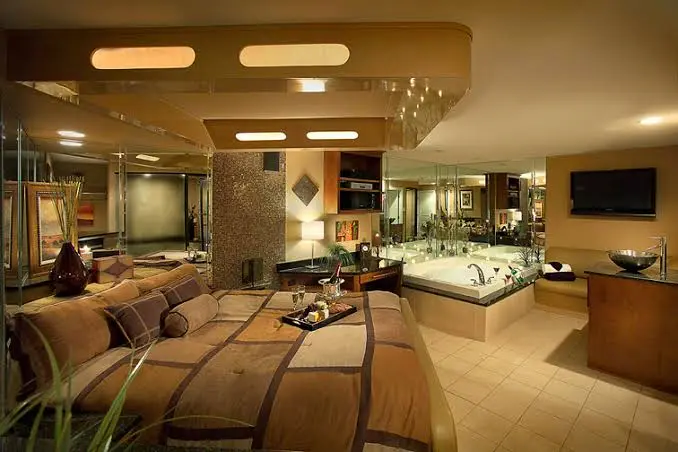
















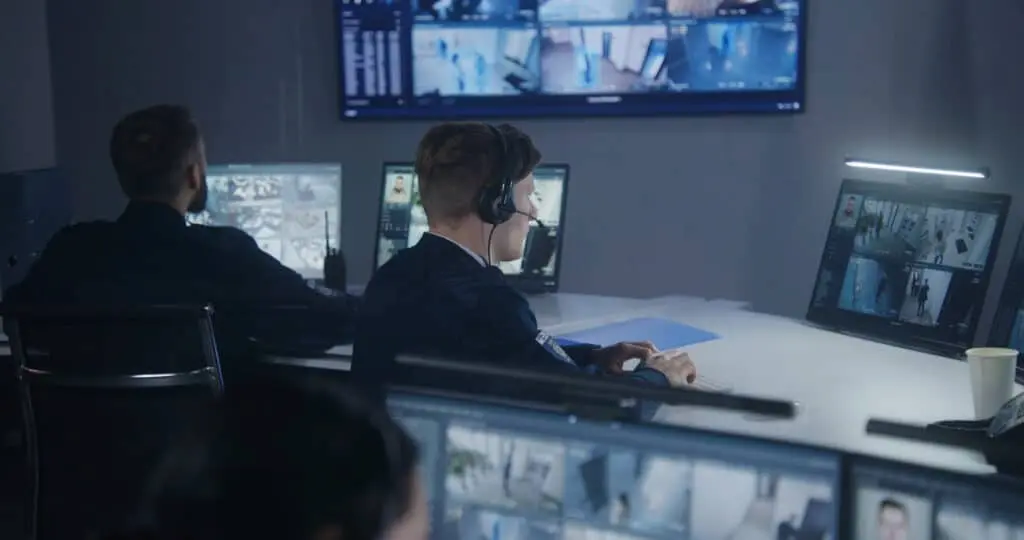
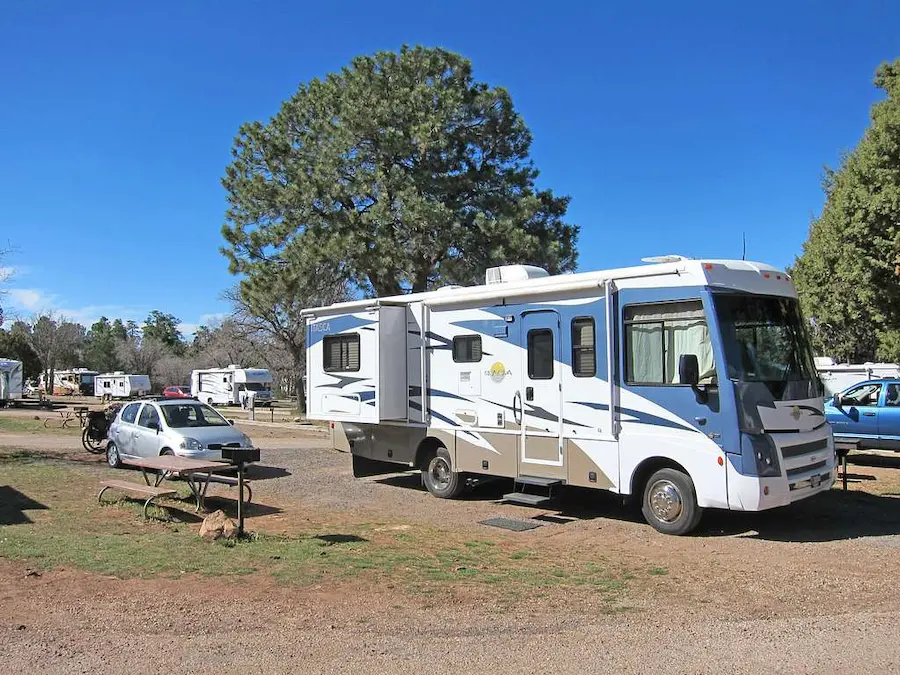













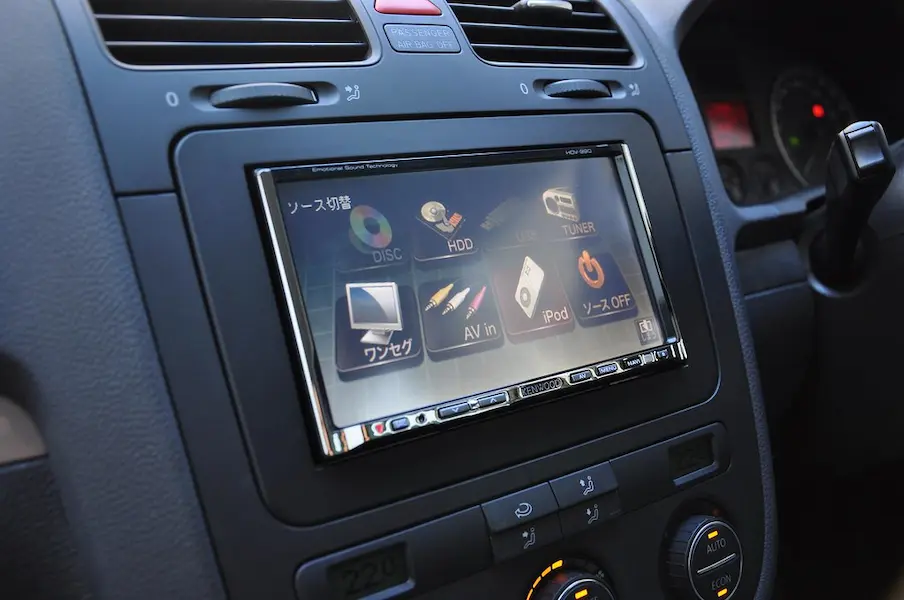


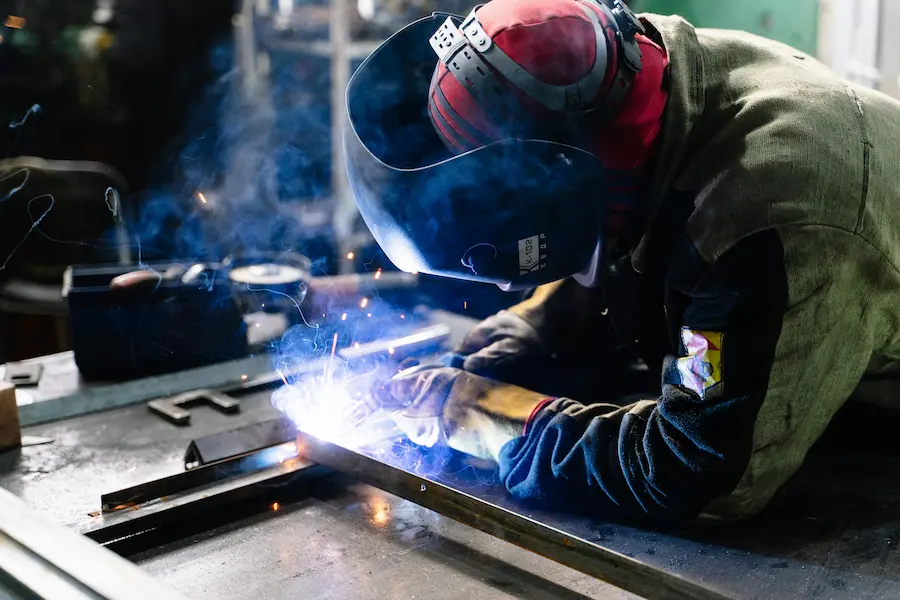

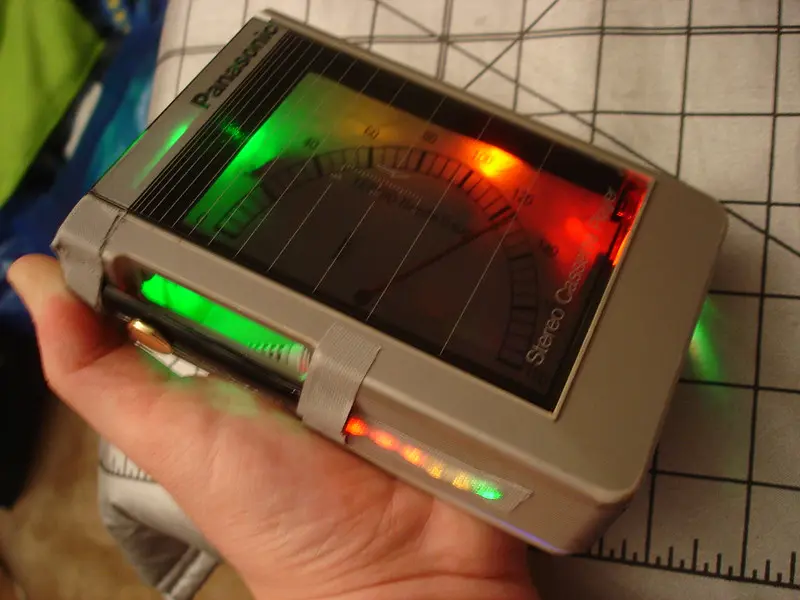



















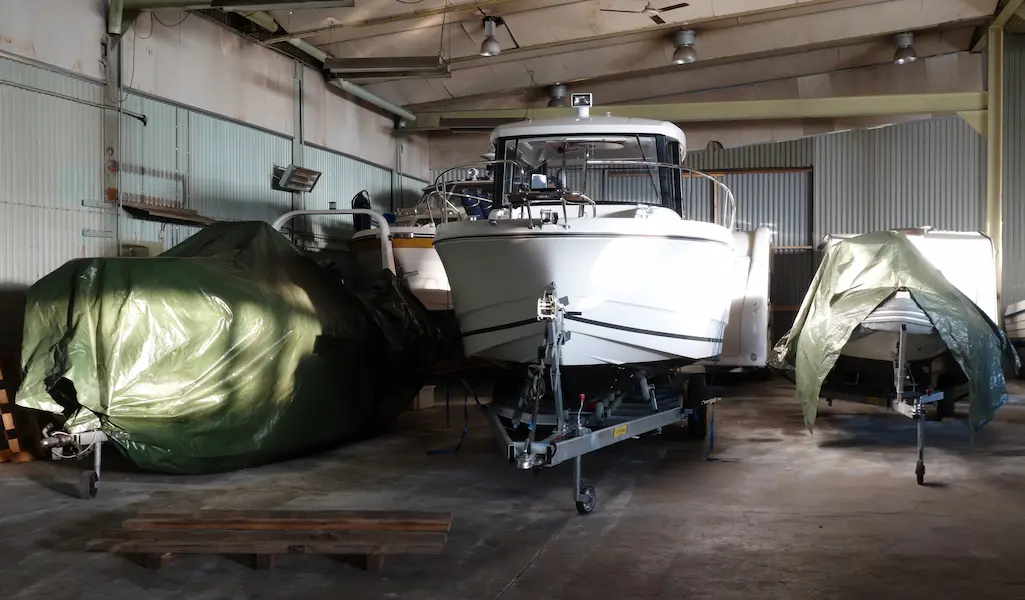




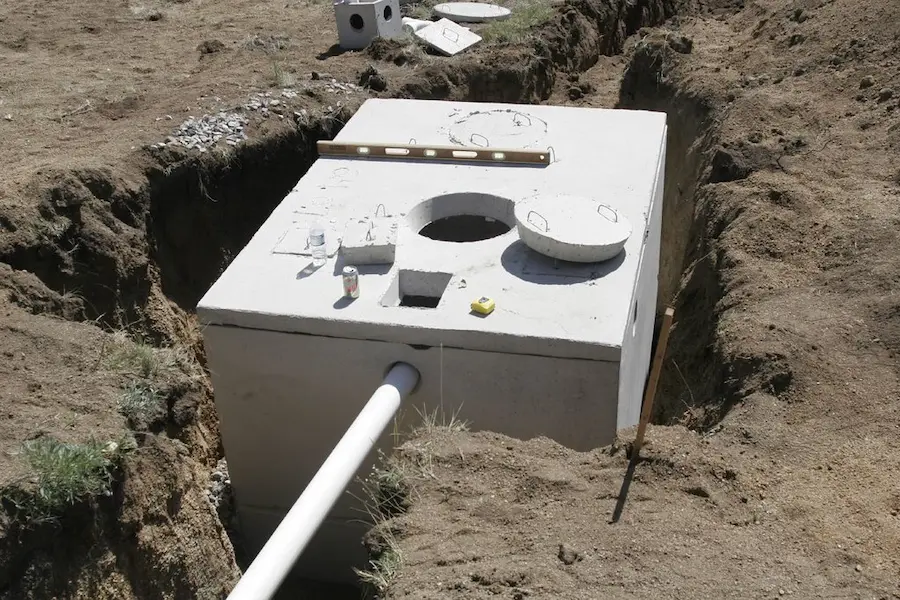
















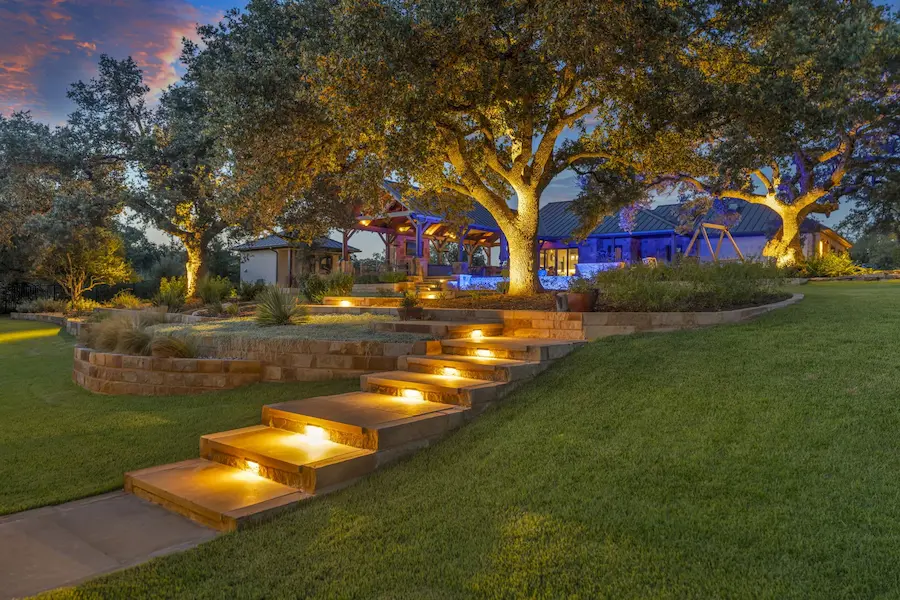


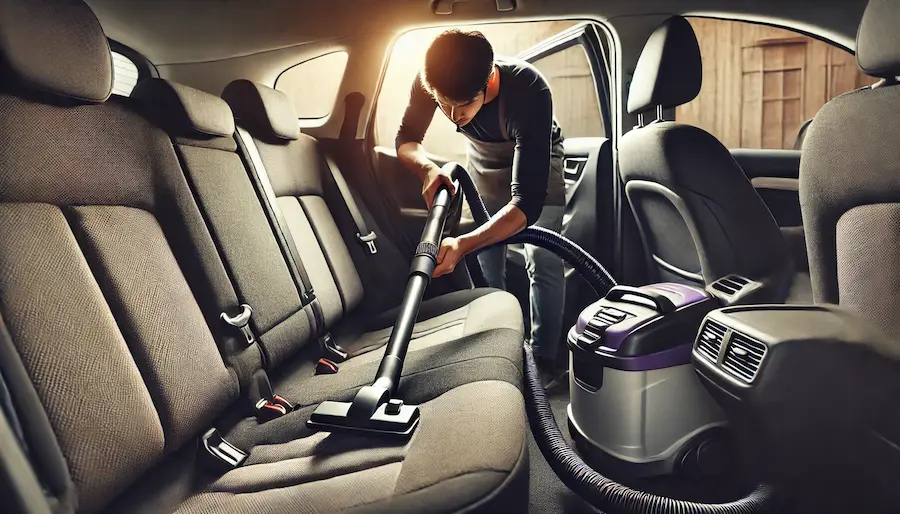













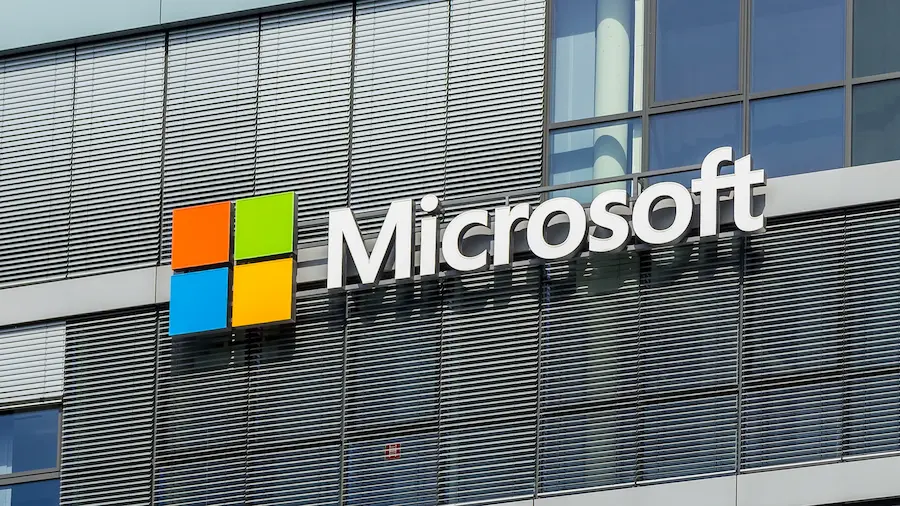














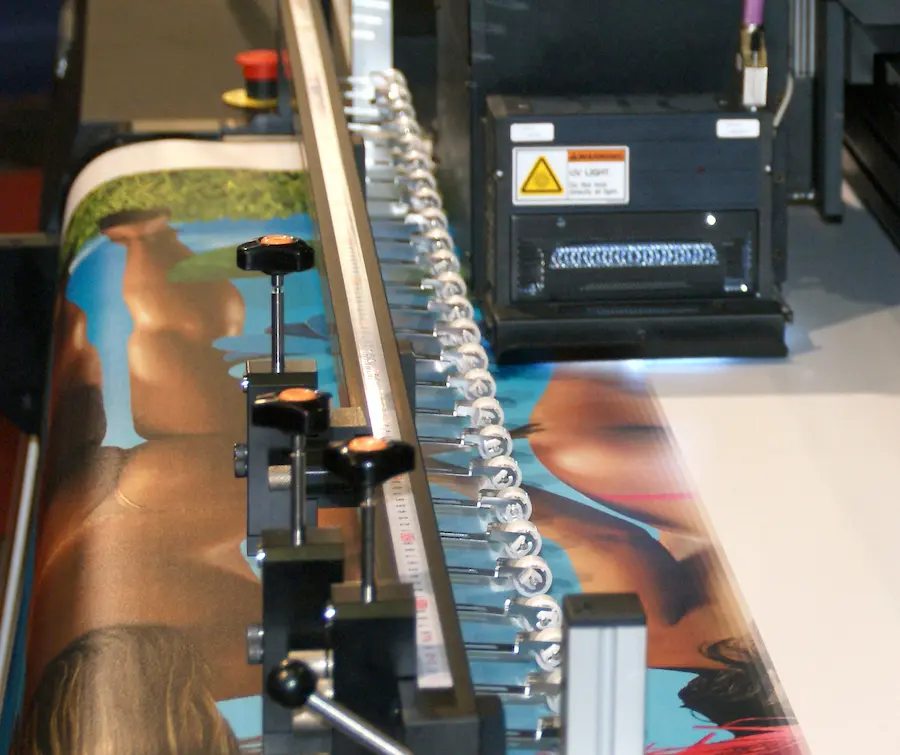


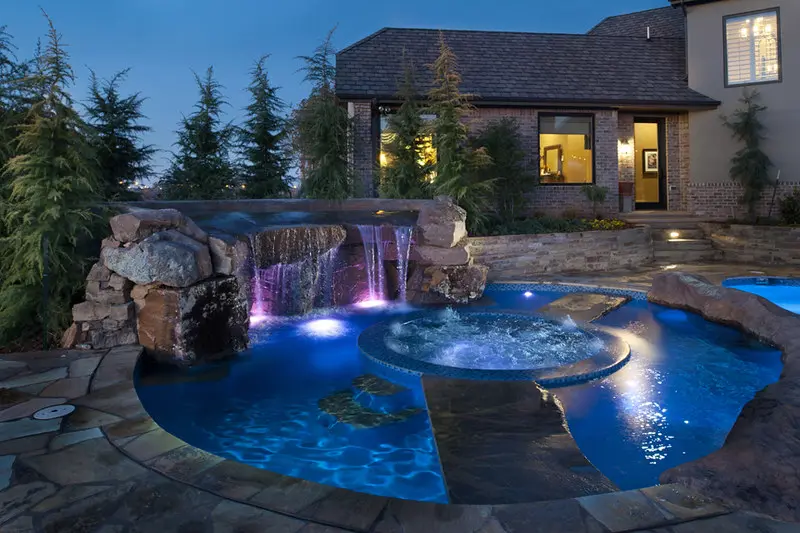


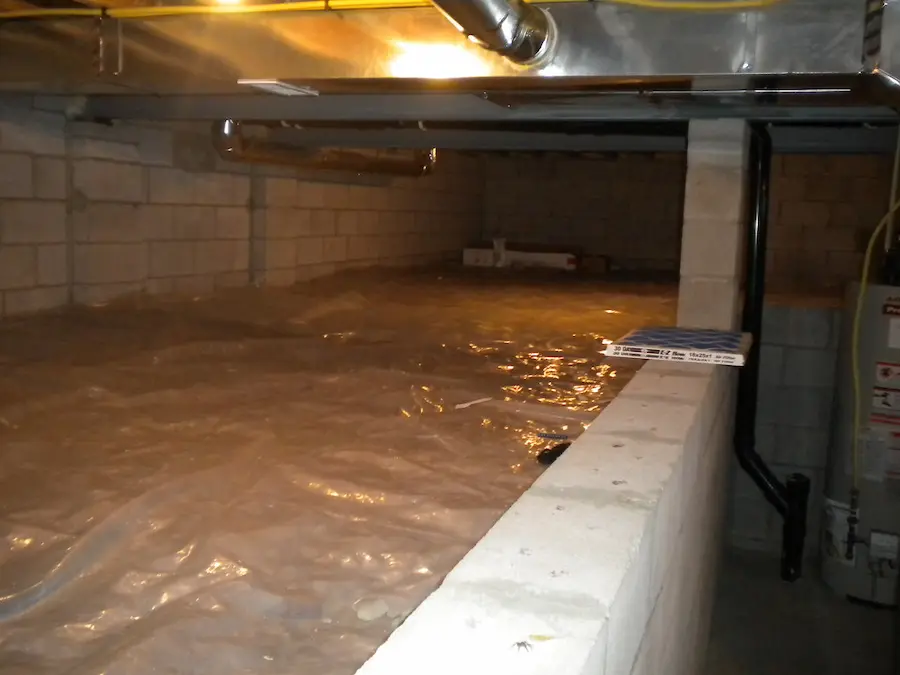
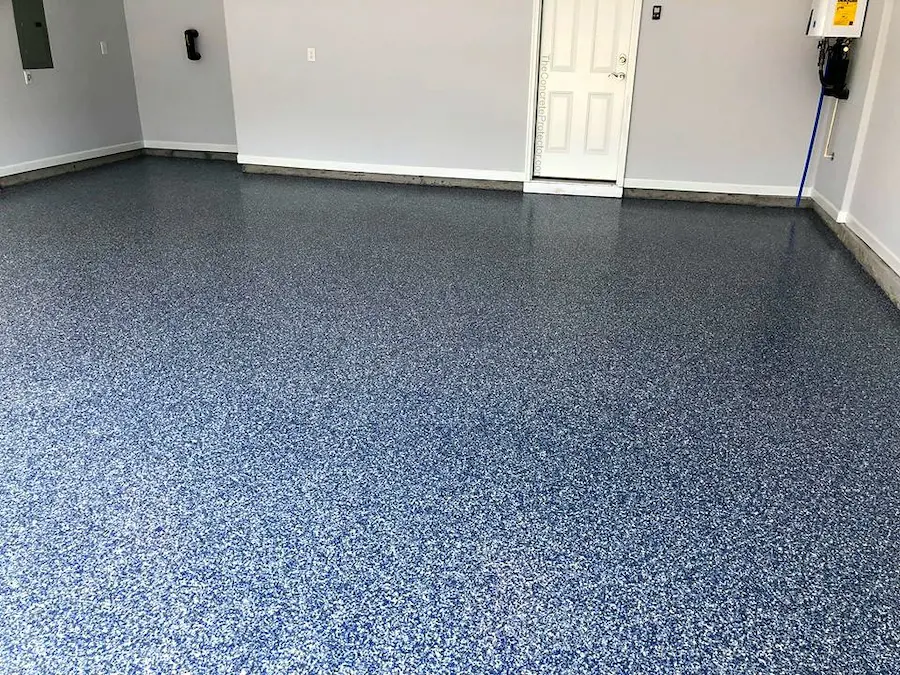



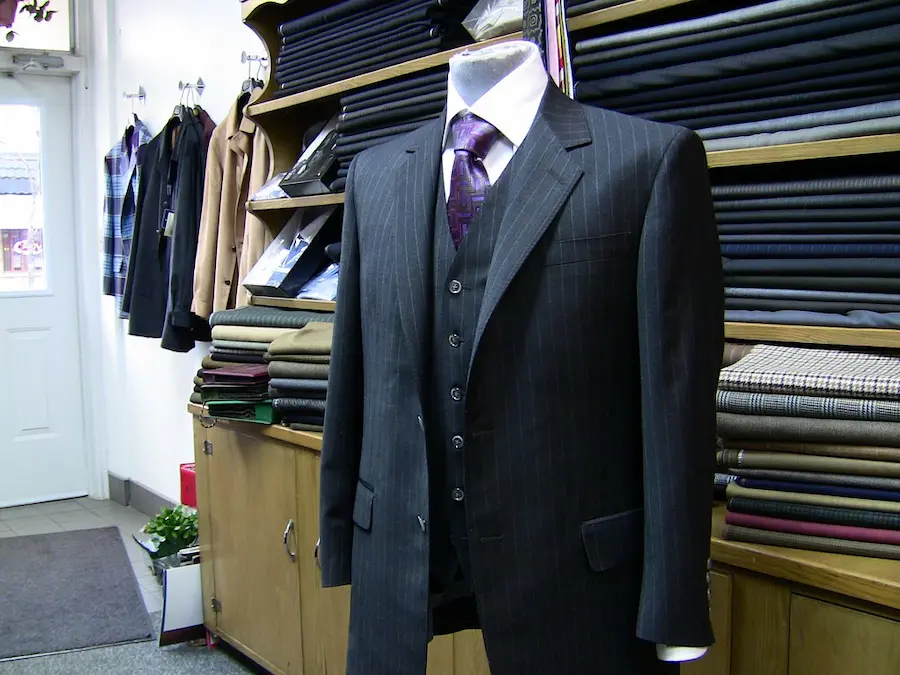
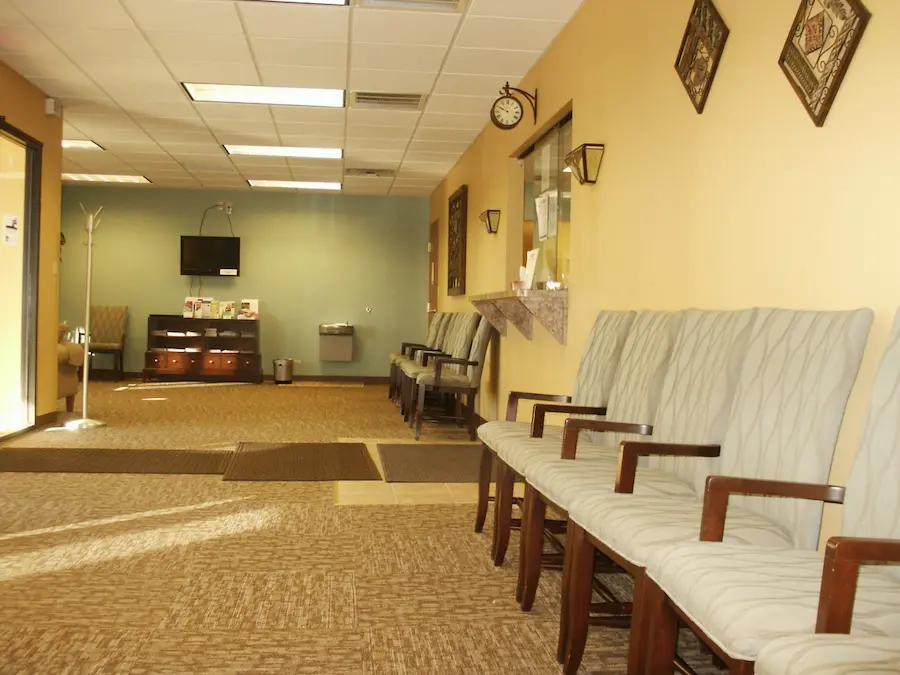










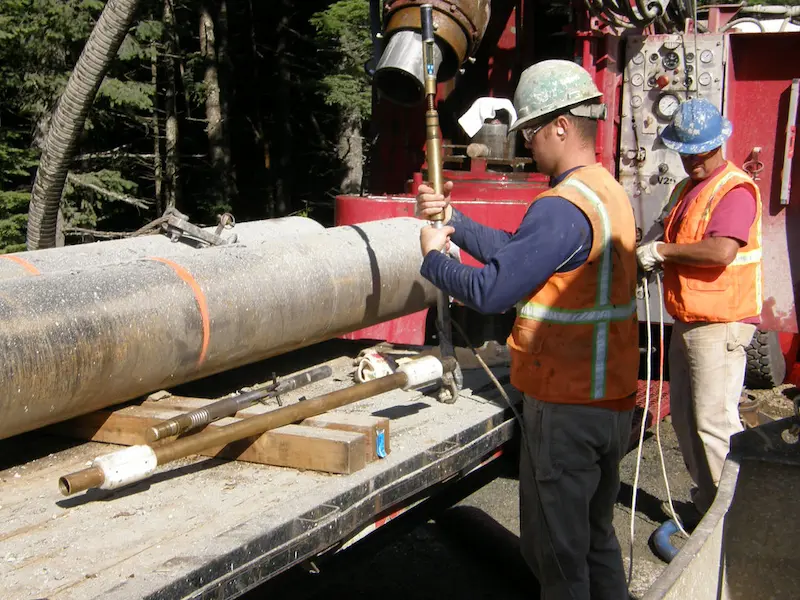






















































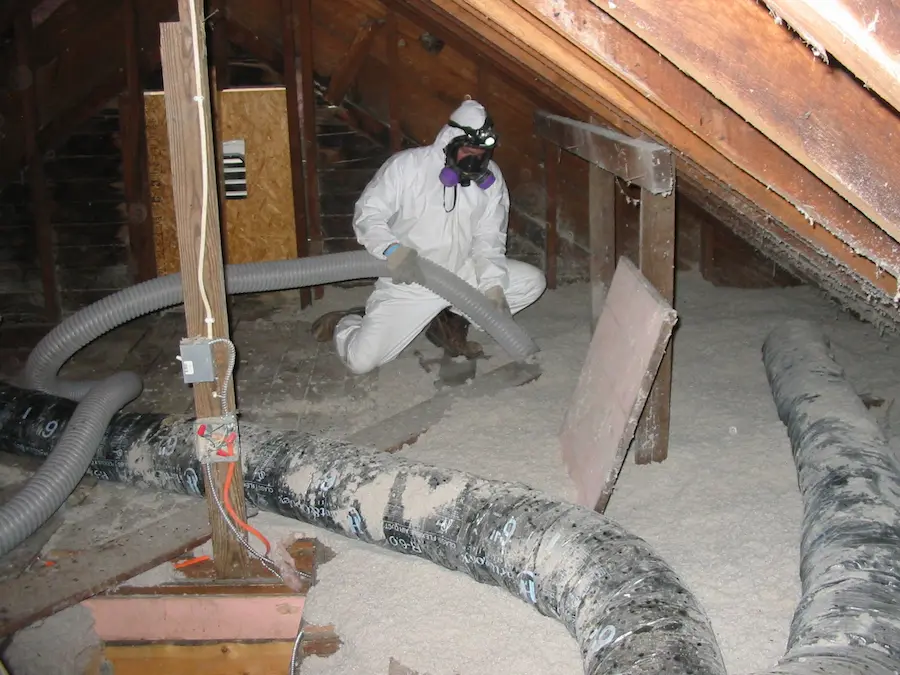






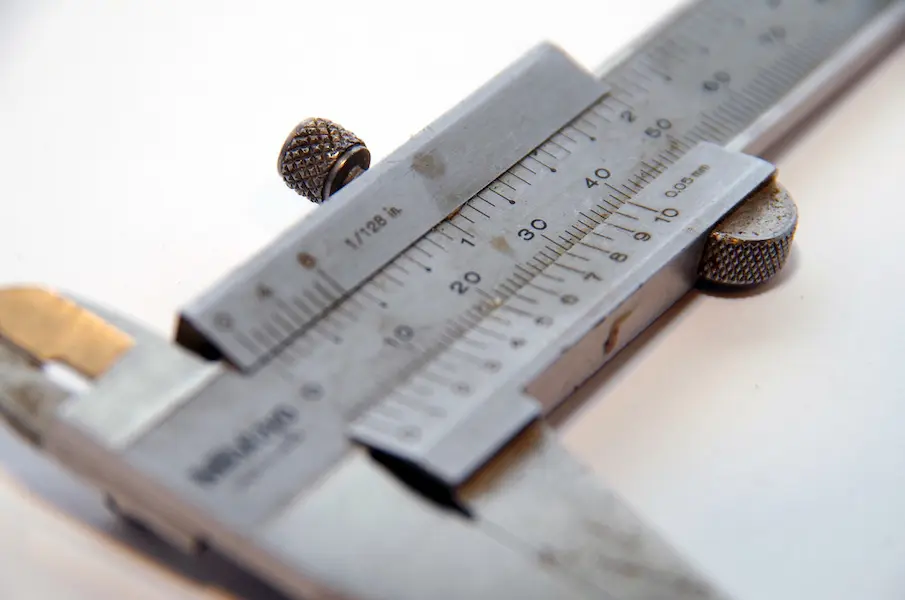
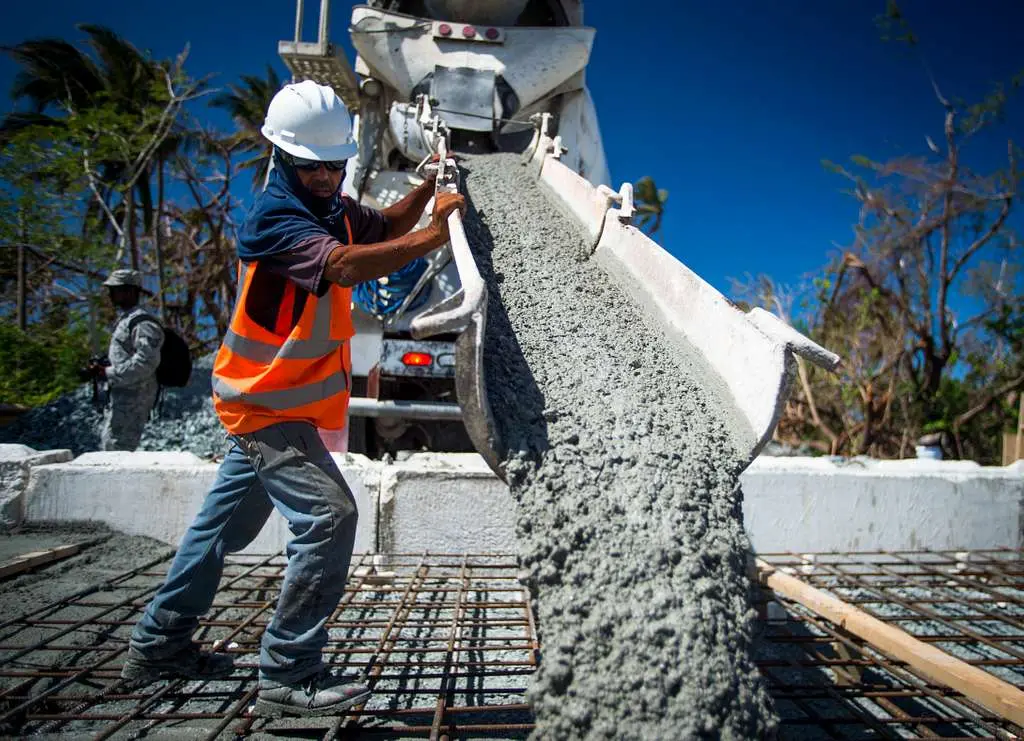
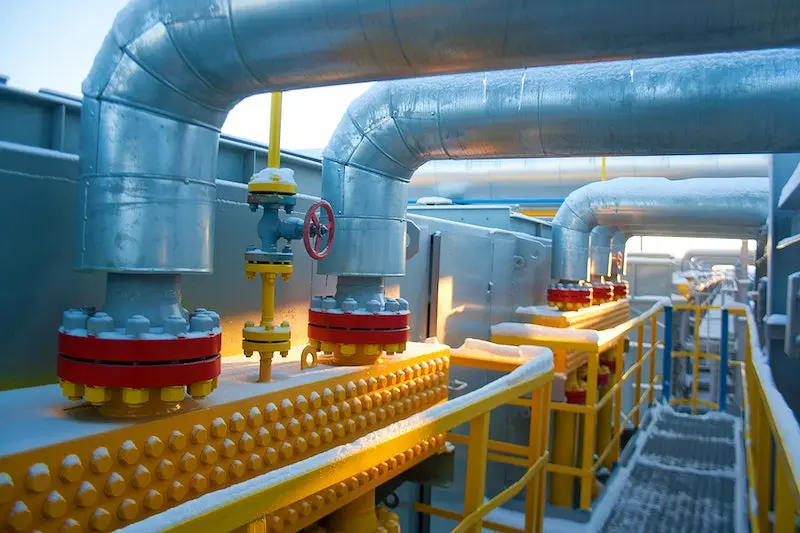



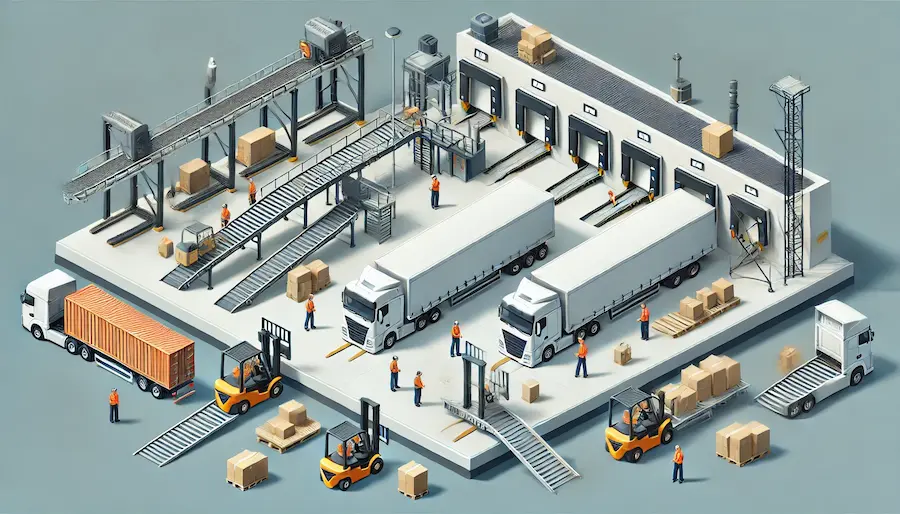






































































































































































































































































































































































































































































































































































































































































































































































































































































































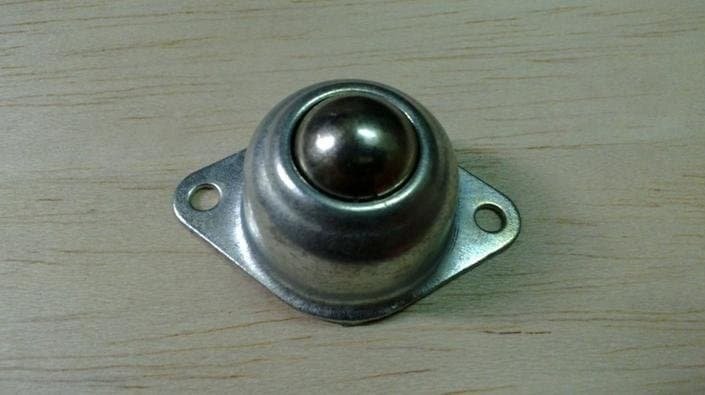

















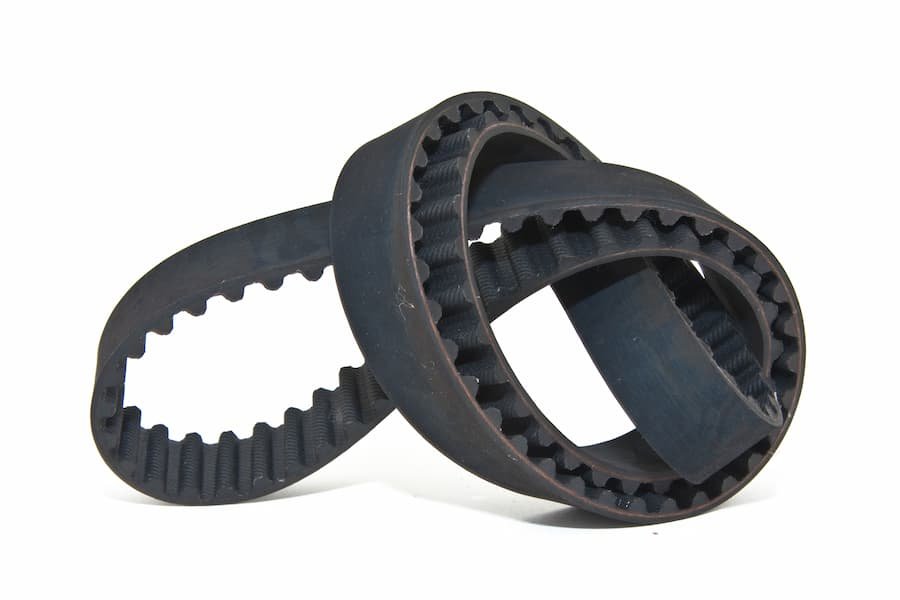












































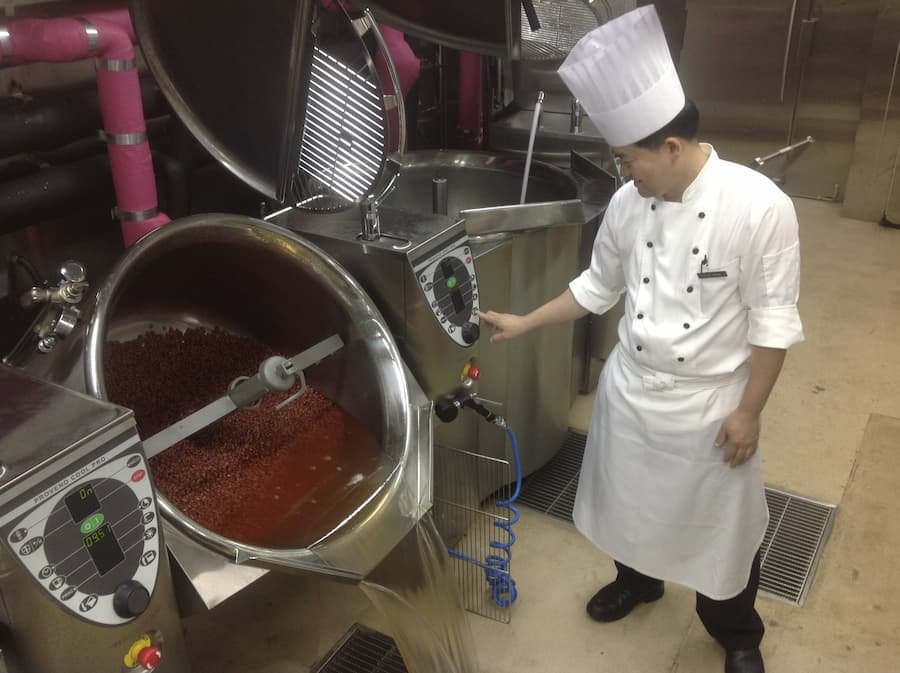




































0